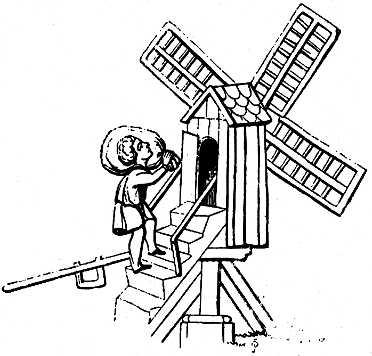Facts About France
38 results found. Go to page:
1 2 Bessie Coleman, known as "Queen Bess, Daredevil Aviator," was the first African-American woman aviator. She received her pilot's certificate in 1921 in France and learned stunt-flying there. Bessie died in a flying accident in 1926 before she was able to achieve her goal of opening her own flight school. She was honored in 1995 by the U.S. Postal Service with a Black Heritage commemorative stamp. (source)
The number 10 is used as a convenient base to count with, but the Gauls of ancient France, the Mayas of Central America, and other peoples used a base of 20. The Sumerians, the Babylonians, and others after them used a base of 60—convenient because 60 can be evenly divided by 2, 3, 4, 5, 6, 10, 12, 15, 20, and 30. The use of base 60 survives in the division of hours into minutes and minutes into seconds, and the division of the circle into 360 (60 × 6) degrees. (source)
Until the twelfth century, when returning Crusaders brought knowledge of them, windmills were likely unknown in Europe. They thereafter became familiar landmarks in Holland, England, France, and Germany. The first windmill in England was built in 1191, when Dean Herbert decided to apply wind power to his landlocked farm. He used it successfully to grind corn until the local abbot had it destroyed.
On November 24, 1793, the National Convention in revolutionary France decreed a new "Revolutionary Calendar" with the aim of educating the public to new ideas such as eliminating wasteful holy days, such as Sundays and saints' days. It was similar to that used in ancient Egypt: Each year was divided into twelve months of thirty days each, with five extra days at the end of the year; each month had three ten-day "weeks." This calendar was mostly ignored by the end of the eighteenth century and was formally repealed by Napoleon in 1805, mainly because of the confusion caused by its abolition of the seven-day week. It had wreaked havoc with the traditional system of religious observances, festivals, and market days. (source)
The Children's Crusade was neither a crusade nor made up primarily of children. It was an unsanctioned popular movement formed in 1212 by Nicholas of Cologne. Thousands of common people, including women and children, followed him to Genoa, where he arrived on August 25th. When the Mediterranean did not part for Nicholas as he had expected, many of his followers left. The rest marched to Rome, where Pope Innocent III praised the group's zeal but also released them from their "vows". Around the same time, Stephen, a 12-year-old boy from Cloyes in France, had seen a vision of Jesus, and went to Paris to deliver a message to the French king, gathering a large crowd of common people as he went. (source)
Pharaoh Pepi II of Egypt, who reigned from around 2294 B.C. to about 2220 B.C., had the longest known reign of any monarch (74 years; some sources credit him with a longer reign, as long as 94 years). Other long-reigning monarchs were King Alfonso I of Portugal (1112–1185, 73 years), King Louis XIV of France (1643–1715, 72 years), Prince John II of Liechtenstein (1858–1929, 71 years), and Queen Elizabeth II of the United Kingdom (1952–2022, 70 years). (source)
In May 1903, the 870-mile-long Paris-to-Madrid automobile race began, with over 200 participants. Spirits were high at the start of the race, but the race quickly turned disastrous. Thousands of spectators crowded around the narrow, curving French roads. Drivers had to steer around them while travelling at speeds up to 100 miles an hour, often resulting in crashes into trees or embankments or driving head-on into the crowds. The race was halted at Bordeaux (343 miles from Paris), by which time 550 people had been killed and thousands wounded. Nowadays, automobile races are generally held on closed courses, with the spectators kept far away from the action. (source)
Winnie-the-Pooh is based on a real bear. On August 24th, 1914, a Canadian soldier and veterinarian named Harry Colebourn, en route to a training camp in Valcartier, Quebec, purchased an orphaned black bear cub for $20 in White River, Ontario, which he named Winnipeg, or Winnie for short. When his unit was sent over to France during World War I, Colebourn loaned her to the London Zoo, intending to take her back to Canada after the war. However, Winnie's gentle disposition made her the zoo's top attraction, and on December 1, 1919, he donated her to the zoo. In the mid 1920s, writer A. A. Milne often took his young son, Christopher Robin, to the zoo, and Christopher named his teddy bear "Winnie-the-Pooh" after Winnie. A. A. Milne went on to write several best-selling children's books about Christopher Robin and Winnie-the-Pooh.
38 results found. Go to page:
1 2

